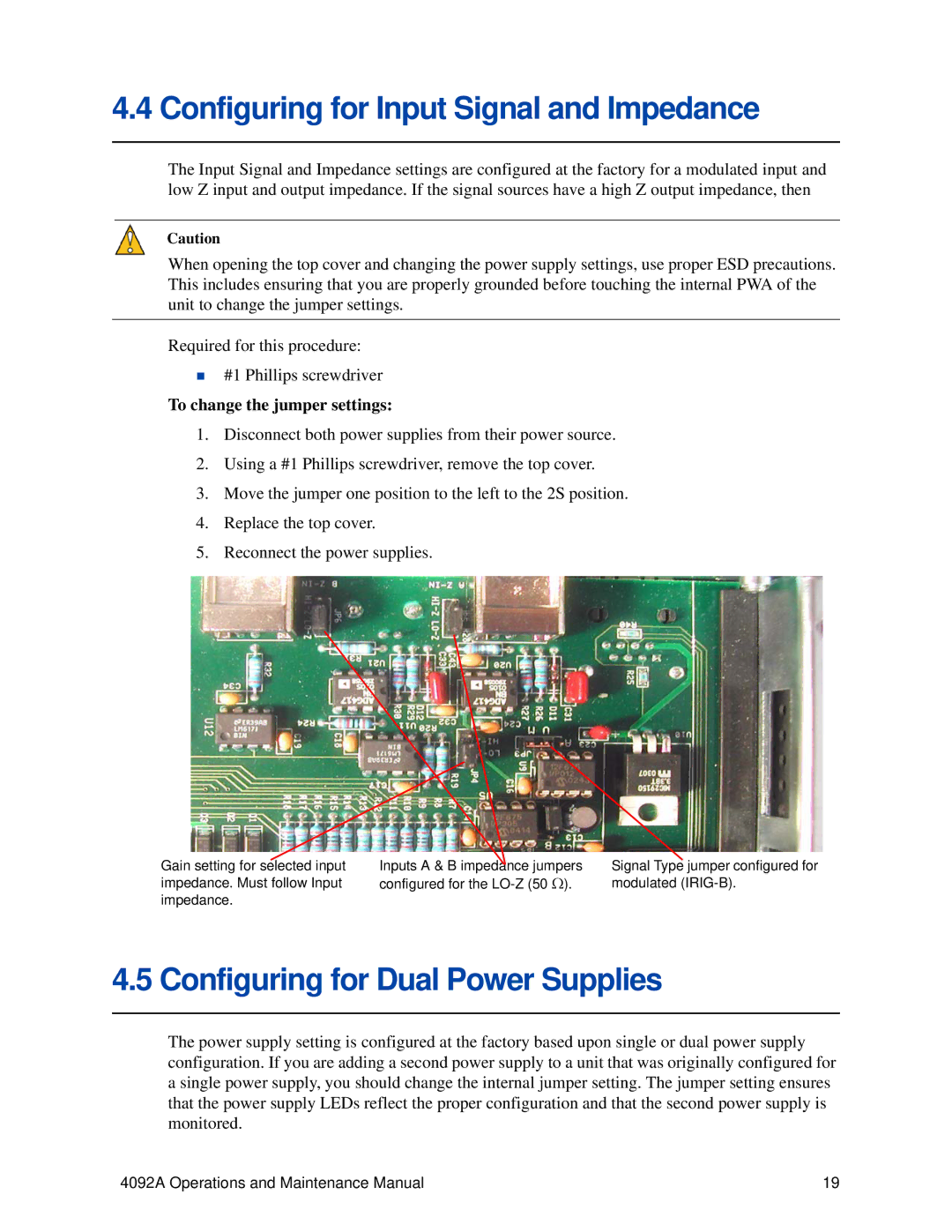4092A IRIG-B specifications
The Lantronix 4092A IRIG-B is a high-performance time code generation and distribution module that plays a crucial role in various applications requiring precise time synchronization. This compact device is particularly beneficial in systems such as telecom infrastructure, military applications, satellite communications, and scientific research. Its core functionality revolves around generating and managing the IRIG-B time code, a standard used for accurately transmitting time information.One of the primary features of the Lantronix 4092A is its versatility in time code generation. It supports both unidirectional and bidirectional protocols, allowing for seamless integration into existing systems. The module can generate multiple IRIG-B formats, ensuring compatibility with a wide range of time synchronization devices. This flexibility is a significant advantage, particularly in environments that utilize various time code standards.
The device employs advanced timekeeping technology that ensures high accuracy and stability. Equipped with a GPS input option, the 4092A can synchronize its time code with GPS signals, obtaining precise time data globally. This feature is essential for applications that demand synchronization across extensive networks and geographical locations.
In terms of connectivity, the Lantronix 4092A IRIG-B offers multiple options, including RS-232 and RS-485 interfaces. This variety enhances its compatibility with various systems and makes installation straightforward. Additionally, the module is designed for easy integration, enabling developers to embed it within existing hardware architectures without significant modifications.
The 4092A also boasts user-friendly configuration capabilities. Its setup can be managed through a serial interface, allowing users to define parameters and adjust settings with ease. This feature ensures that the device can be quickly tailored to meet the specific needs of the application, minimizing downtime during deployment.
In conclusion, the Lantronix 4092A IRIG-B is an essential module for any application that requires robust time synchronization. Its main features, including versatile time code generation, advanced timekeeping technology, multiple connectivity options, and user-friendly configuration, make it an outstanding choice for industries where precision timing is critical. With its reliability and adaptability, the 4092A is poised to meet the challenges of modern time-sensitive applications.

